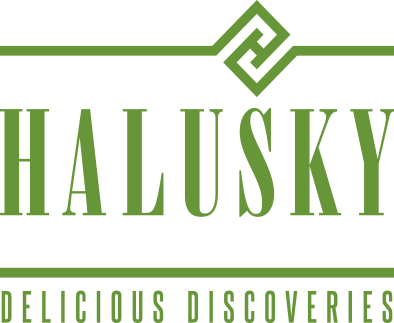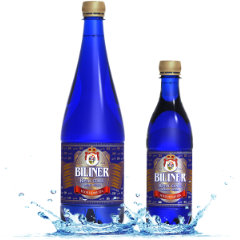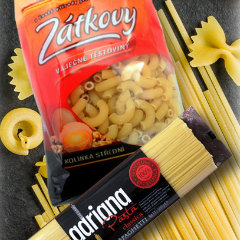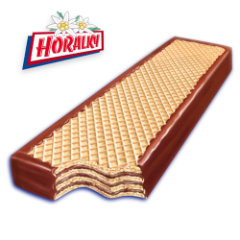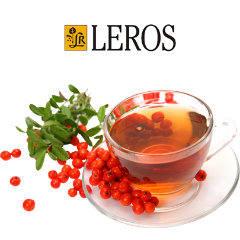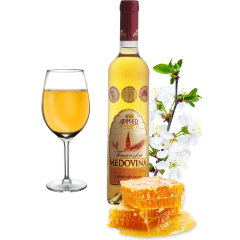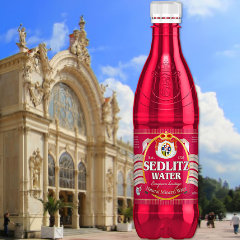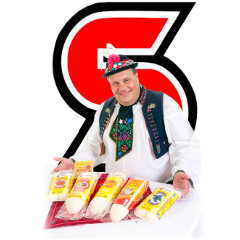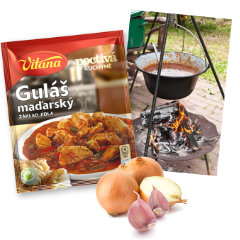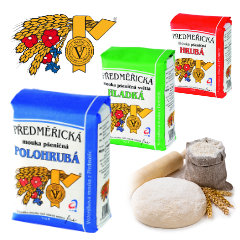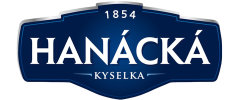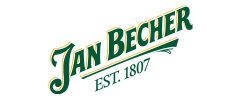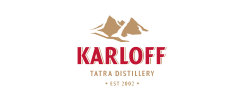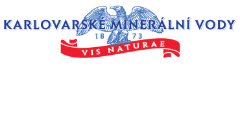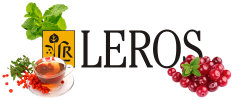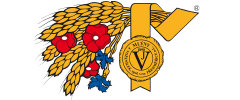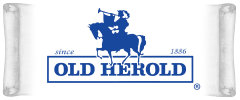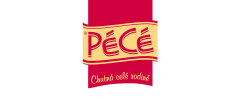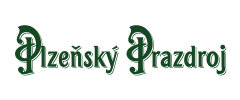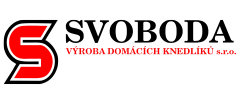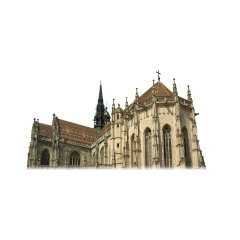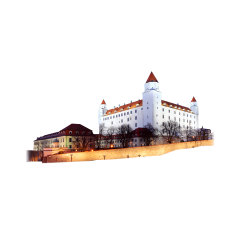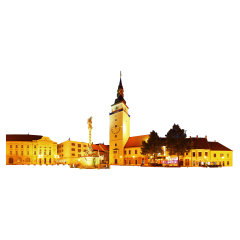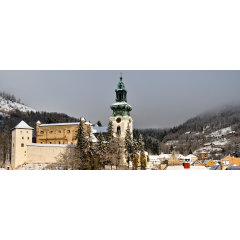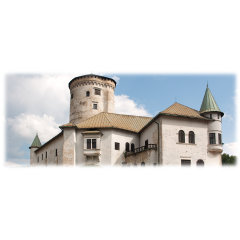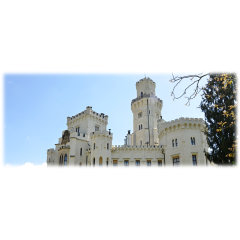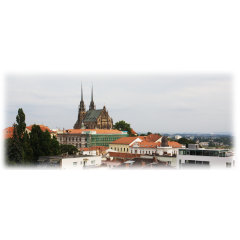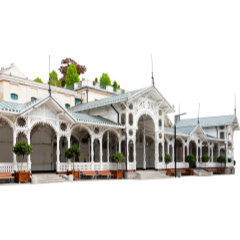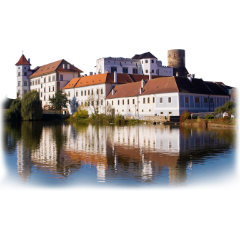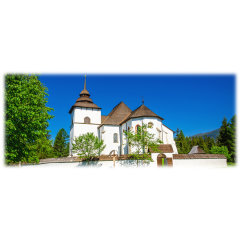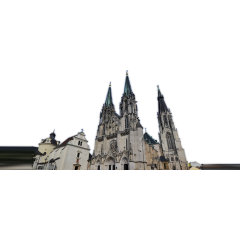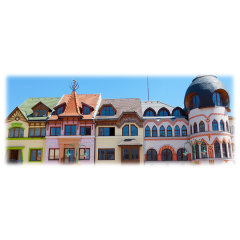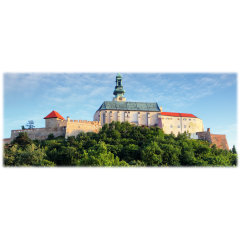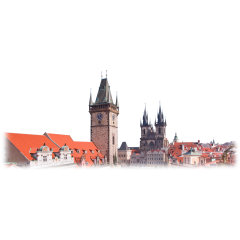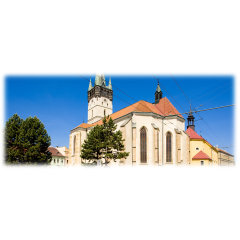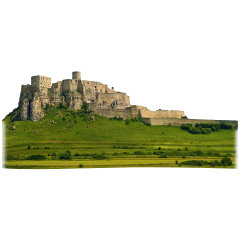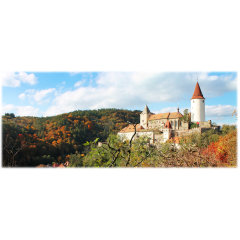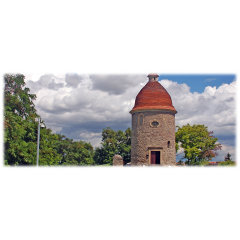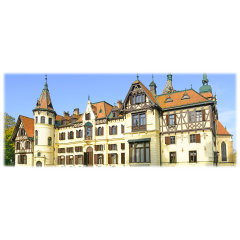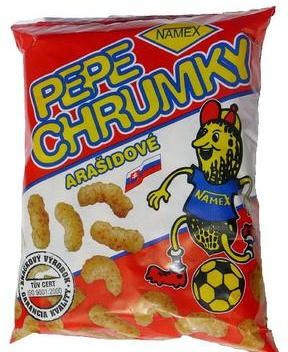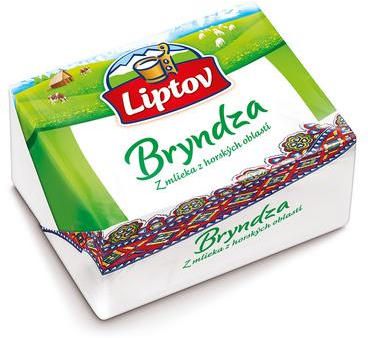Horehronie
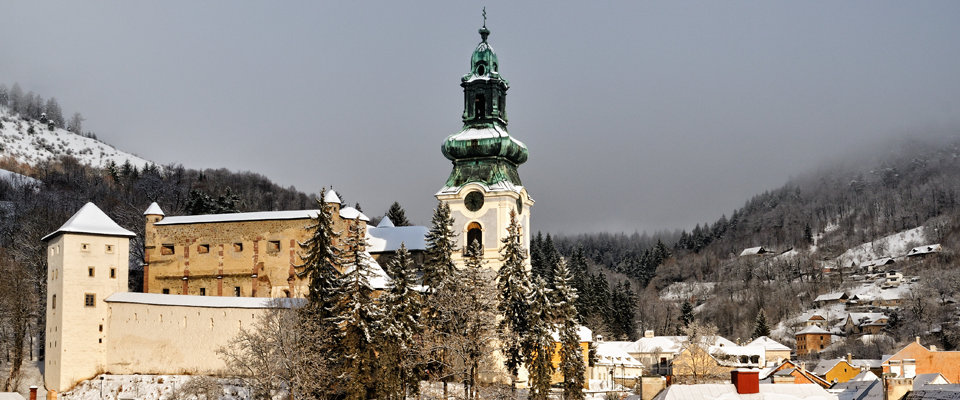
About Region
Horehronie, paradise in the Tatras! Beautiful long valleys, stunning scenery, clean air, the county where you can relax! It is situated in the central part of Slovakia, starting at the spring of the river Hron and ending in Hronsek, where the district of Banská Bystrica reaches its end. The river Hron is the second longest river in Slovakia (298 km), flowing into the Danube river in Štúrovo. The city of Banská Bystrica (78 thousand people) is the main centre of the region. It is the biggest and at the same time also the most important tourist centre with rich history and lots of cultural-historical monuments and attractions. Low Tatras national park extends to the village of Telgárt at the Kráľova hoľa mountain where it meets with the neighboring National Park Slovenský raj (Slovak Paradise). The river Hron is the most popular Slovak river for rafting - due to low number of technical obstacles. The whole area is rich on attractive tourist locations that can be visited all year long. PARK SNOW Donovaly offers 600 m of maintained snowboard downhill runs for fans of snowboarding. It also has 18,4 km of maintained cross-country skiing tracks. Horehronie has all possible natural assets. The mountain ranges Nízke Tatry(Low Tatras) and Veľká Fatra are a kind of paradise for hikers and cyclists. Horehronie is known for particularly strong relationship to folk traditions. The moSt important folkloric events in the region include Horehronské day of singing and dancing.
History
It is a region abounding in rich ethnographic history. The earliest evidence ofsettlements come from the Eneolithic. In the 6th century Slavs settled here. After the demise of Great Moravia the history of this region was influanced by its inclusion to Kingdom of Hungary in the 13th century. Then the settlers from Germany began to settle down due to mining and metallurgy. During World War II, the population of Horehronie significantly contributed to the success of anti-fascist resistance. The Slovak National Uprising or 1944 Uprising was an armed insurrection organized by the Slovak resistance movement during World War II. It was launched from Banská Bystrica in an attempt to resist German troops that began occupation of the Slovak territory and to overthrow the collaborationist government of Jozef Tiso. The collections of the Horehronie museum are characteristic with their contents of the basic ethnographic material from almost every village of the upper Hron river, documenting the traditional way of life in the specific location. The Monument Reserve of Popular Architecture in the central Slovakia commune ŠPANIA DOLINA consists of a unique set of miner houses built of wood and stones.
City to know about
The town of Banská Bystrica was founded by German settlers, however it was built upon a former Slavic settlement. In 1255 it was proclaimed an independent royal mining town. At the beginning silver ore was mined here. As of the 14-th century it was replaced by copper (in Špania Dolina). In the 15-th and the 16-th century during the rule of the Thurzo family from Krakov and the Fugger family from Augsburg it reached its industrial boom. The families founded the prosperous Ungarischer Handel company. Depending mainly on the mines around Banská Bystrica, the company had become a leading world producer of copper by the 16th century.Historical city centre together with the city castle, sacral buildings and townsman houses became a protected historical monument. This was the town where the Slovak National Uprising against fascism broke out on August 29, 1944. Many memorials in the city and close surroundings commemorate the World War II. events.
Nature
The rugged mountain terrain of Horehronie , the slopes of the Low Tatras and Slovak Ore Mountains offer unlimited possibilities for the hiking and biking.The cold is especially cold, which creates favorable conditions for winter sports. You can find there excellent facilities for down-hill and cross-country skiing in the popular local ski centers (Donovaly, Šachtičky, Turecká, Skalka, Krahule, Králiky, Sielnická poľana and others). Horehronie can offer its visitors natural attractions - mountain ranges, gorges, karst formations, waterfalls. The region has 28 Horehronie hunting grounds, which have a total area of 117,000 hectare. Rare animal species such as the bear, lynx, wood grouse, badger and chamois live here as well. The typical features of this National Park of Low Tatras are long valleys, deep canyons and steep rocks, coated by dwarf pines or grassland even though the predominants are forest overgrows, lower and mixed forests with the abies, beech, spruce, larch, and maple.
